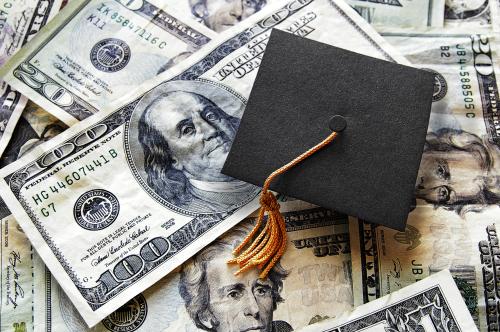Educated Americans have not turned their backs on marriage; the well-documented “marriage gap” is mostly due to a decline in marriage rates among the less educated. As a general rule, the more letters American women have after their names—and therefore the greater their economic independence—the more likely they are to be married.
The college gap in marriage rates
Marriage used to be a classless phenomenon. But, not anymore: in 2008, marriage rates amongst college-educated 30-year-olds surpassed those without a degree for the first time. Among women in their early 40s (between 40 and 45), a clear gap has emerged in recent decades:

The post-graduate gap in marriage rates
What about higher up the educational distribution? Does getting a postgraduate qualification have any relationship to marriage? (Note that the survey only allows us to look back as far as 1992 in addressing this question):
The education-marriage relationship appears to hold even at these higher levels, as rates of marriage amongst middle-aged women with advanced degrees are now higher than for those which just a bachelor’s degree:

Egalitarian marriages and the future of feminism
What should we make of the new matrimonial landscape? Women with the most education have the most economic independence. The question is how they are choosing to use it. Rather than turning away from marriage because they can afford to, they are using this power to renegotiate the terms of marriage in a more egalitarian direction.
In the past, highly-educated women faced an unenviable choice between accepting a patriarchal marriage or forgoing marriage and children entirely. Now they are able to raise their children within a stable marriage without compromising their independence.
It looks then as though women’s independence hasn’t led to a rejection of the matrimonial institution, as much as its transformation. The “new” American marriage, and its promise that both partners will contribute equally to the many demands of raising a family, might in fact be an institution that furthers rather than inhibits the feminist agenda. That requires men to step up—both at home and in the workplace.
Editor’s Note: This piece was modified on August 22, 2016. The charts in our earlier version showed rates of marriage by education for both men and women; this has now been corrected so that only data for women are shown.





Commentary
The most educated women are the most likely to be married
August 19, 2016